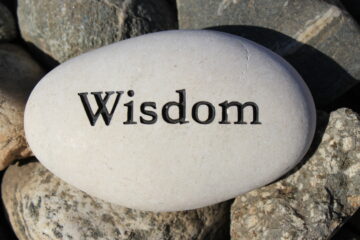The word “Advent” comes from the Latin word “adventus,” which means “coming” or “arrival.” Advent has been observed since at least the 4th century. Initially, it was a time for converts to Christianity to prepare for baptism. Over time, it became associated with the anticipation of Christ’s incarnation, the celebration of His birth, and His second coming. The season of Advent begins on the Sunday closest to November 30 (St. Andrew’s Day) and lasts until Christmas Eve.
In the Catholic Church, Advent marks the beginning of the liturgical year. The season is characterized by themes of hope, penance, and spiritual renewal. The liturgical color for Advent is purple, symbolizing penance and preparation, except for the week of Gaudete Sunday.
Gaudete Sunday is the third Sunday of Advent in the liturgical calendar of Western Christianity, including the Roman Catholic Church, the Anglican Communion, Lutheran churches, and other mainline Protestant churches. The term “Gaudete” comes from the Latin word for “rejoice,” which is the first word of the introit of this day’s Mass: “Gaudete in Domino semper”; Rejoice in the Lord always. It marks a joyful midpoint in the Advent season, which is otherwise a time of penance and preparation. The liturgical color for this day is rose, symbolizing joy and a break from the more somber purple used during the rest of Advent.
Advent was the early church’s way of keeping the connections to Jewish traditions, particularly in its themes of anticipation and hope for the coming of the Messiah. In Judaism, there is a long-standing expectation of the Messiah who will bring redemption. This sense of waiting and preparation is mirrored in the Christian observance of Advent, where Christians await the birth of Jesus, whom they believe to be the promised Messiah. Additionally, some Jewish followers of Jesus, known as Messianic Jews, observe Advent alongside traditional Jewish practices, blending elements from both faiths.
One of the most intriguing aspects of Advent is its dual focus on the joy of anticipation and our spiritual preparation. The Advent wreath, with its four candles, is a powerful symbol of the season. Each candle represents a different theme: hope, peace, joy, and love. Lighting a new candle each week builds a sense of anticipation and reflection.
Advent occurs during the darkest time of the year in the Northern Hemisphere, which makes the themes of light and darkness particularly poignant. The increasing light of the Advent candles symbolizes the coming of Christ, the Light of the World, dispelling the darkness.
These elements together create a rich tapestry of tradition, reflection, and celebration that makes Advent a deeply meaningful and intriguing time for many Christians.
If this is my last post, I want all to know there was only one purpose for all that I have written; to have made a positive difference in the lives of others.Anthony “Tony” Boquet, the author of “The Bloodline of Wisdom, The Awakening of a Modern Solutiona













